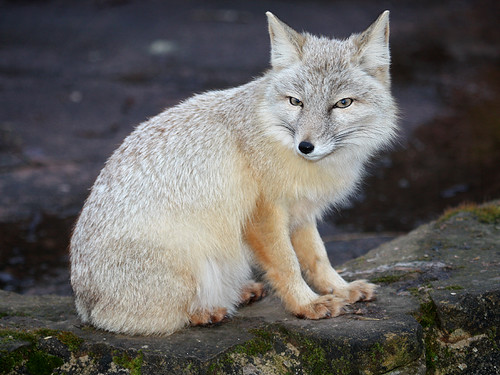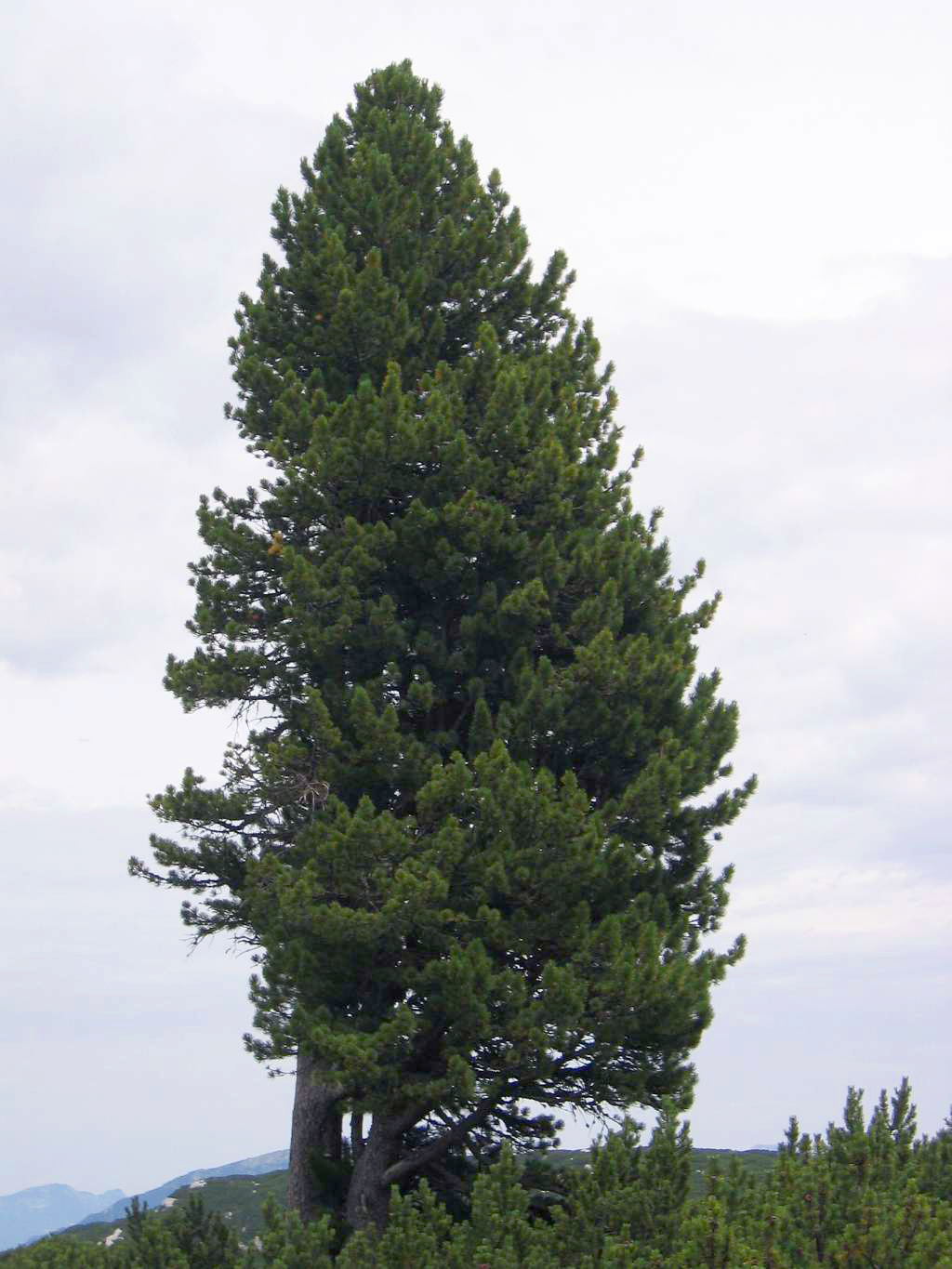The common IE word for 'bear', found in most branches (Hittite hartagga-, Celtic *arto-, Greek árktos, Armenian arǯ, Avestan arša-, Latin ursus, Sanskrit ŕkṣa-, etc) is usually reconstructed as *h₂ərətk´o-, where the "thorny cluster" tk´ (k´þ in older reconstructions) has various reflexes t, s, š, kt, kṣ.
However, I regard the Hittite segment -gga- as a suffix like the one found in Turkic qarsaq 'steppe fox' < Altaic *karsi 'marten'. This would leave us with a protoform *h₂ərəC-ko-, where C would represent a sibilant (possibly palato-alveolar) affricate like the one of NE Caucasian *χHVr[tɕ’]V 'marten; otter'1 (a Nakh-Dargwa isogloss). Probably also Yeniseian *χa(ʔ)s (~ k-) 'badger' belongs here.
Ignoring external data, some Indo-Europeanists have proposed a link between 'bear' and an IE verb 'to destroy'. Interestingly enough, this meaning is represented in NE Caucasian by *HarGG(w)V, which I'd link to Altaic *jàrgi (~ -o) 'wild beast of prey' and possibly also to Arabic ʕurāʒ- 'hyena(s)', proposed by Nostraticists as cognates of IE 'bear'.
However, I regard the Hittite segment -gga- as a suffix like the one found in Turkic qarsaq 'steppe fox' < Altaic *karsi 'marten'. This would leave us with a protoform *h₂ərəC-ko-, where C would represent a sibilant (possibly palato-alveolar) affricate like the one of NE Caucasian *χHVr[tɕ’]V 'marten; otter'1 (a Nakh-Dargwa isogloss). Probably also Yeniseian *χa(ʔ)s (~ k-) 'badger' belongs here.
Ignoring external data, some Indo-Europeanists have proposed a link between 'bear' and an IE verb 'to destroy'. Interestingly enough, this meaning is represented in NE Caucasian by *HarGG(w)V, which I'd link to Altaic *jàrgi (~ -o) 'wild beast of prey' and possibly also to Arabic ʕurāʒ- 'hyena(s)', proposed by Nostraticists as cognates of IE 'bear'.
______________________________________________________
1 Using his etymological instinct, Bengtson links this to Basque hartz 'bear', an IE loanword, most likely from Celtic.
.jpg)


.jpg)





